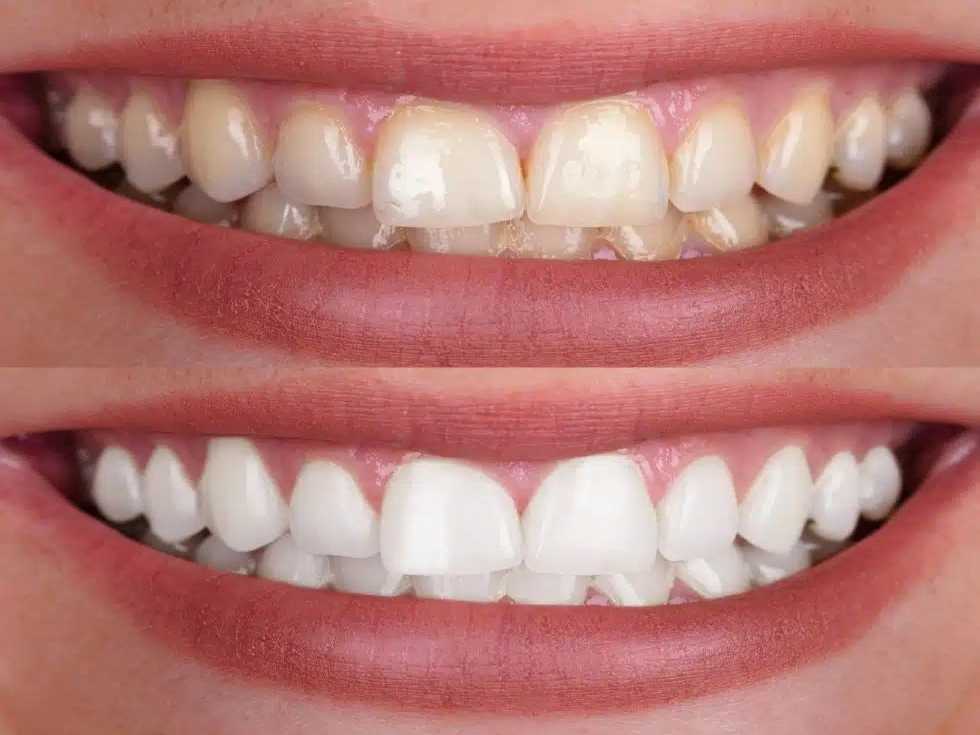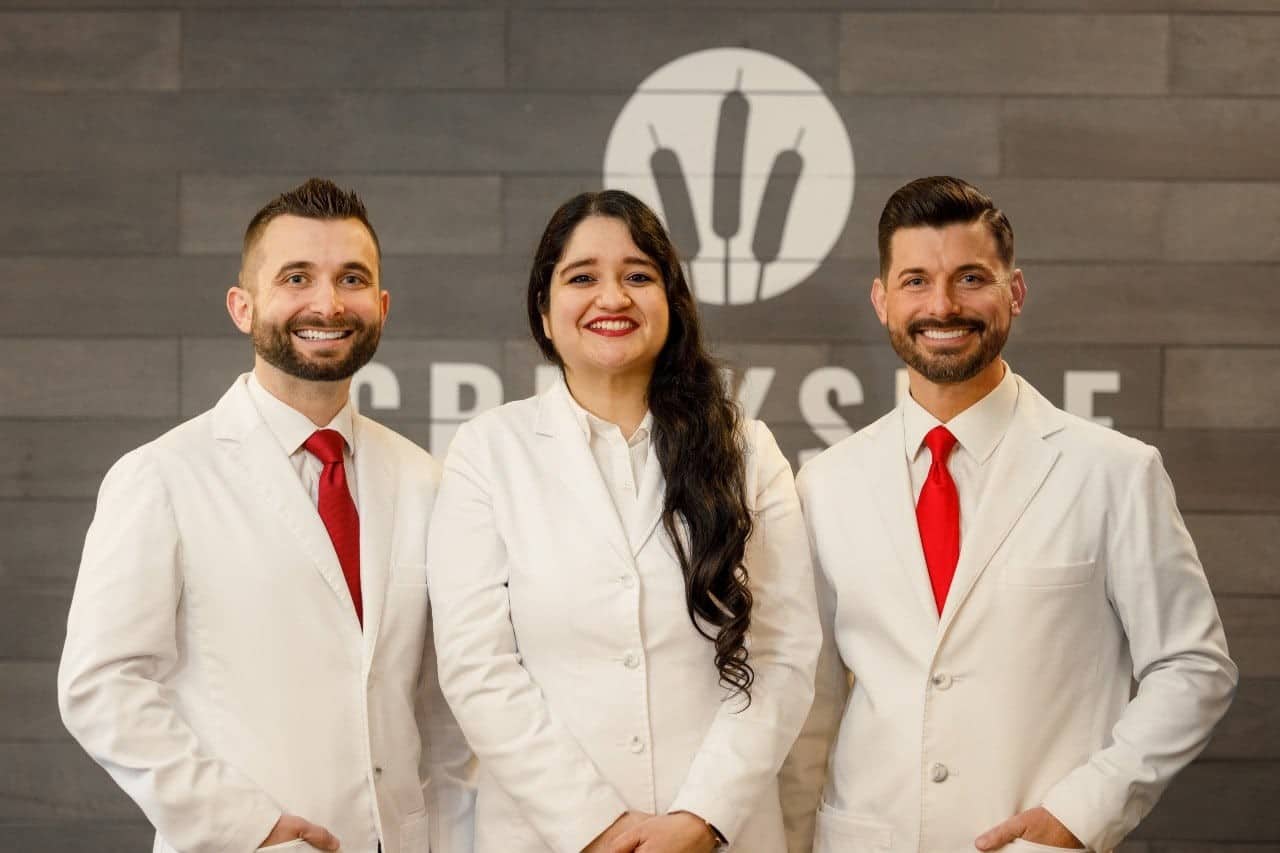Are your pearly whites not so white anymore? There are many options available to you to get your smile looking bright again. First let’s discuss why your smile isn’t what it used to be.
- Food and Drink-red wine, coffee and tea are some of the major causes of stain
- Age-over time the outer layer of the tooth (enamel) gets thinner and the inner layer (dentin) shows through
- Tobacco Use-Tar and Nicotine are chemicals found in tobacco products that cause stubborn stain
- Trauma-if you have been hit in the mouth your tooth may change color over time
- Medications-certain antihistamines, antipsychotics and high blood pressure medicines can cause tooth darkening. If you took tetracycline or doxycycline when the teeth were developing you may have discoloration on your permanent teeth. Chemotherapy and head/neck radiation can also cause darkening of teeth.
There are a few different options for whitening your teeth dependent on what the type of discoloration that you have and what restorations you have already had done.
Whitening toothpastes-these contain special chemical or polishing agents to remove surface stains. They will not change the actual color of your teeth.
At Home Whitening-this method of whitening contains either carbamide peroxide or hydrogen peroxide. These products work on deep and surface stains by breaking the stains down into smaller particles which makes the color less concentrated and your teeth brighter. Your dentist can make a custom tray that you will place a thin layer of gel into and wear for a specified amount of time. Over the counter strips and trays are also available, however the gel is a lower percentage than what you would receive at a dentist’s office.
In Chair Whitening-this method of whitening is usually done in one or two visits. The dental assistant will apply a protective gel to your gums and then apply the whitening solution to the teeth. This is typically left on for 30 minute increments and the process is repeated again.
Important considerations
- Teeth may become sensitive following whitening. This happens when the peroxide irritates the nerve of the tooth. It is usually temporary. Delay another treatment until sensitivity has subsided.
- Not all teeth respond the same to whitening. Yellow teeth usually whiten well, teeth with brown tones may not whiten quite as well and teeth with gray tones may not whiten at all.
- If you have existing restorations like veneers, crowns or fillings they will not whiten at all.
- Whitening is not effective on teeth that are discolored due to medications.
- If your tooth is discolored due to trauma a different procedure called Internal Bleaching could be done to achieve a more esthetic look.
- Always whiten your teeth under the guidance of your dentist. A current exam and x-rays are recommended prior to starting whitening. Many dental problems are not seen by the naked eye and whitening should not be done when certain dental problems have not been addressed.
- Bleaching is not permanent; you will need to touch up once a year depending on how much exposure your teeth have to stain causing agents.


